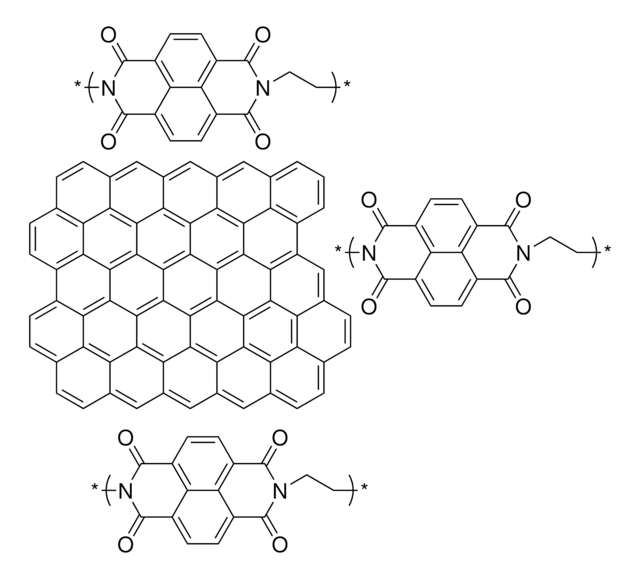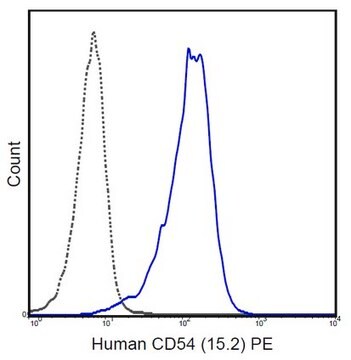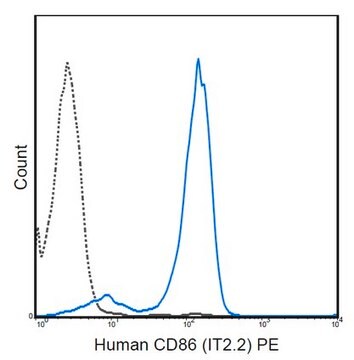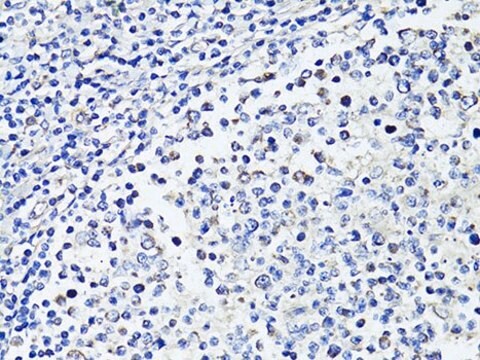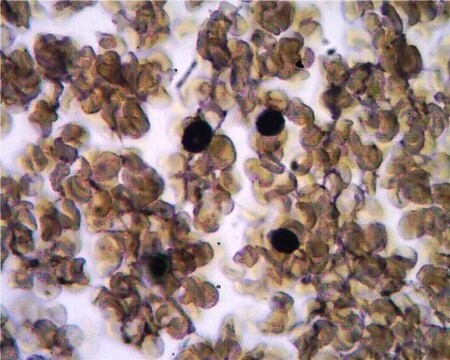5096
CD86 human
recombinant, expressed in E. coli, 0.5 mg protein/mL
About This Item
Empfohlene Produkte
Biologische Quelle
human
Rekombinant
expressed in E. coli
Beschreibung
0.1 mg recombinant human CD86 in 20 mM Tris-HCl buffer, containing NaCl, KCl, EDTA, L-arginine, DTT and glycerol.
Sterilität
Filtered sterilized solution
Assay
≥90% (SDS-PAGE)
Form
liquid
Verpackung
pkg of 100 μg
Konzentration
0.5 mg protein/mL
Hinterlegungsnummer
NP_008820
UniProt-Hinterlegungsnummer
Lagertemp.
−20°C
Angaben zum Gen
human ... CD86(942)
Anwendung
Use this procedure as a guideline to determine optimal coating conditions for the culture system of choice.
1. Thaw CD86 and dilute to desired concentration using serum-free medium or PBS. The final solution should be sufficiently dilute so the volume added covers the surface evenly (1-10 μg/well, 6 well plate).
2. Add appropriate amount of diluted material to culture surface.
3. Incubate at room temperature for approximately 1.5 hours.
4. Aspirate remaining material.
5. Rinse plates carefully with water and avoid scratching bottom surface of plates.
6. Plates are ready for use. They may also be stored at 2-8 °C damp or air dried if sterility is maintained.
Sequenz
Angaben zur Herstellung
Lagerklassenschlüssel
10 - Combustible liquids
WGK
WGK 2
Flammpunkt (°F)
Not applicable
Flammpunkt (°C)
Not applicable
Hier finden Sie alle aktuellen Versionen:
Analysenzertifikate (COA)
Leider sind derzeit keine COAs für dieses Produkt online verfügbar.
Wenn Sie Hilfe benötigen, wenden Sie sich bitte an Kundensupport
Besitzen Sie dieses Produkt bereits?
In der Dokumentenbibliothek finden Sie die Dokumentation zu den Produkten, die Sie kürzlich erworben haben.
Unser Team von Wissenschaftlern verfügt über Erfahrung in allen Forschungsbereichen einschließlich Life Science, Materialwissenschaften, chemischer Synthese, Chromatographie, Analytik und vielen mehr..
Setzen Sie sich mit dem technischen Dienst in Verbindung.
